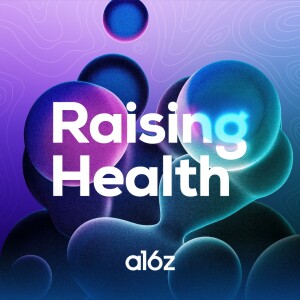
When it comes to healthcare, the topic of how expensive it is and what we can do to lower costs is always top of mind. One area with particularly steep costs is the emergency department. These are hospital departments that can take care of pretty much anything from a cut to a car wreck. But going to an emergency department for something as simple as a cut can result in a high bill for both the patient and the insurer. This is where the urgent care center comes in. Urgent care centers are walk-in clinics focused on caring for minor illnesses and injuries — or in medical speak — low acuity conditions. They are way less expensive than a trip to the emergency department, so funneling these low acuity visits from the emergency department to urgent care centers should result in lower healthcare costs… right? On today’s episode, host Lauren Richardson is joined by a16z general partner Vineeta Agawala and bio deal team member Justin Larkin (who are both medical doctors and experts in healthcare), to discuss new research published in the journal Health Affairs, examining this key assumption. The conversation covers the issues with care utilization and care navigation, how urgent care centers impact healthcare costs, and the implications of these results for builders in the digital health space.
The article at the center of today's episode is: "Urgent Care Centers Deter Some Emergency Department Visits But, On Net, Increase Spending" by Bill Wang, Ateev Mehrotra, and Ari B. Friedman, published in Health Affairs.
More Episodes
 2024-01-04
2024-01-04
 2024-01-01
2024-01-01
 2023-12-12
2023-12-12
 2023-12-05
2023-12-05
 2023-11-07
2023-11-07
 2023-10-31
2023-10-31
 2023-10-03
2023-10-03
 2023-09-19
2023-09-19
 2023-09-12
2023-09-12
 2023-08-22
2023-08-22
Create your
podcast in
minutes
- Full-featured podcast site
- Unlimited storage and bandwidth
- Comprehensive podcast stats
- Distribute to Apple Podcasts, Spotify, and more
- Make money with your podcast
It is Free
- Privacy Policy
- Cookie Policy
- Terms of Use
- Consent Preferences
- Copyright © 2015-2024 Podbean.com





